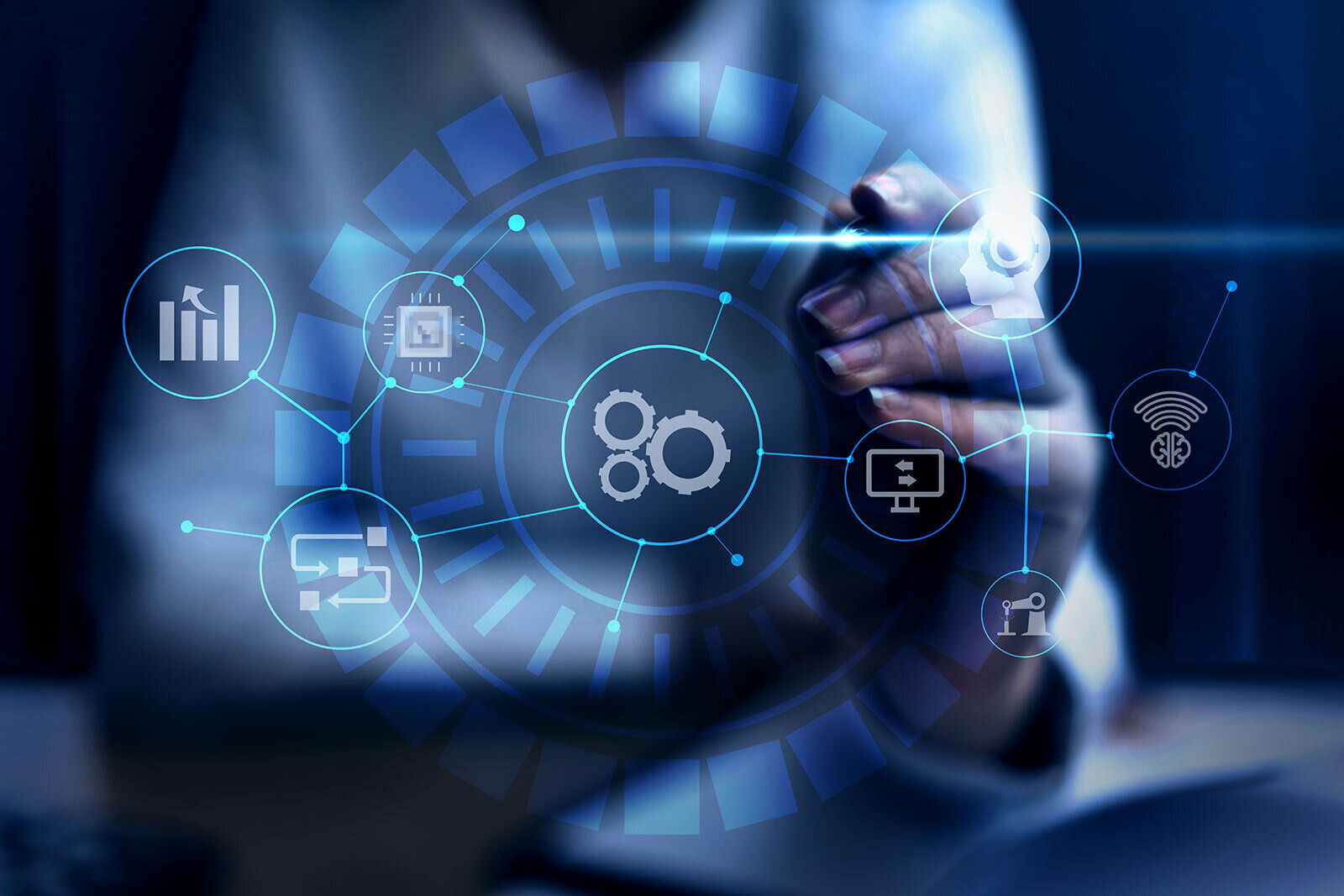
Customization is everywhere, from your phone's wallpaper to your favorite coffee order. But what makes it so special? Customization allows you to tailor products, services, and experiences to fit your unique preferences and needs. Imagine a world where everything is one-size-fits-all—boring, right? Personalizing things not only makes them more functional but also adds a touch of individuality. Whether it's choosing the color of your new car or setting up your social media profile, customization empowers you to express yourself. Ready to dive into some mind-blowing facts about customization? Let's get started!
Key Takeaways:
- Customization makes products unique and special, leading to higher satisfaction and brand loyalty. It allows for personalization in fashion, technology, and marketing, offering a better fit and emotional connection for users.
- While customization comes with challenges like cost and complexity, the future looks promising with AI, virtual reality, and sustainability driving innovation. Customization can contribute to reducing waste and promoting mindful consumption.
What is Customization?
Customization allows users to tailor products or services to their specific needs and preferences. It’s a powerful tool that can enhance user experience and satisfaction. Here are some fascinating facts about customization:
-
Personal Touch: Customization adds a personal touch, making products feel unique and special to the user.
-
Increased Engagement: Personalized items often lead to higher engagement levels because they resonate more with the user.
-
Higher Satisfaction: Customers who can customize their purchases report higher satisfaction rates.
-
Brand Loyalty: Offering customization options can increase brand loyalty as customers feel more connected to the product.
-
Premium Pricing: Customized products can often be sold at a premium price due to their unique nature.
History of Customization
Customization isn't a new concept. It has evolved significantly over time, adapting to technological advancements and changing consumer preferences.
-
Ancient Times: Customization dates back to ancient times when artisans created bespoke items for royalty and the wealthy.
-
Industrial Revolution: The Industrial Revolution brought mass production, but customization remained in high demand for luxury items.
-
20th Century: The 20th century saw the rise of personalized products in fashion and automobiles.
-
Digital Age: The digital age has revolutionized customization, making it accessible to a broader audience through online platforms.
-
3D Printing: The advent of 3D printing has taken customization to new heights, allowing for intricate and precise designs.
Benefits of Customization
Customization offers numerous benefits to both consumers and businesses. These advantages can significantly impact the overall experience and success of a product or service.
-
Unique Identity: Customization helps create a unique identity for products, setting them apart from mass-produced items.
-
Better Fit: Customized items often fit better, whether it’s clothing, furniture, or software.
-
Enhanced Functionality: Customization can enhance the functionality of a product, making it more useful for the user.
-
Emotional Connection: Personalized items often carry an emotional connection, making them more cherished.
-
Reduced Waste: Customization can lead to reduced waste as products are made to order, minimizing excess production.
Customization in Technology
Technology has played a crucial role in the evolution of customization. From software to gadgets, the tech world offers endless possibilities for personalization.
-
User Interfaces: Customizable user interfaces allow users to tailor their digital experience to their preferences.
-
Smartphones: Modern smartphones offer extensive customization options, from wallpapers to app layouts.
-
Software: Many software applications allow users to customize settings and features to suit their needs.
-
Gaming: Video games often include customization options for characters, settings, and gameplay.
-
Wearables: Wearable tech, like smartwatches, can be personalized with different bands, faces, and apps.
Customization in Fashion
Fashion is one of the most prominent industries where customization thrives. It allows individuals to express their unique style and preferences.
-
Tailored Clothing: Tailored clothing offers a perfect fit, enhancing comfort and appearance.
-
Custom Shoes: Many brands offer custom shoe options, allowing customers to choose colors, materials, and designs.
-
Jewelry: Personalized jewelry, such as engraved pieces, adds a special touch.
-
Accessories: Customizable accessories, like bags and hats, let individuals showcase their personality.
-
Online Platforms: Online platforms make it easy for customers to design their own clothing and accessories.
Customization in Marketing
Marketing strategies have embraced customization to better connect with consumers. Personalized marketing can lead to more effective campaigns and higher conversion rates.
-
Targeted Ads: Customization allows for targeted ads that are more relevant to the user.
-
Email Campaigns: Personalized email campaigns can increase open and click-through rates.
-
Product Recommendations: Custom product recommendations can enhance the shopping experience.
-
Loyalty Programs: Customized loyalty programs can increase customer retention and satisfaction.
-
Social Media: Personalized social media content can boost engagement and brand awareness.
Challenges of Customization
While customization offers many benefits, it also comes with its own set of challenges. These obstacles can impact the feasibility and success of personalized products and services.
-
Cost: Customization can be more expensive due to the need for specialized materials and processes.
-
Time-Consuming: Creating customized products can take longer than mass-producing standard items.
-
Complexity: Managing customization options can be complex for businesses, requiring advanced systems and processes.
-
Scalability: Scaling customized products can be challenging, especially for small businesses.
-
Quality Control: Ensuring consistent quality across customized items can be difficult.
Future of Customization
The future of customization looks promising, with advancements in technology and changing consumer preferences driving innovation.
-
AI and Machine Learning: AI and machine learning can enhance customization by predicting user preferences and automating processes.
-
Virtual Reality: Virtual reality can offer immersive customization experiences, allowing users to visualize their designs.
-
Sustainability: Customization can contribute to sustainability by reducing waste and promoting mindful consumption.
-
Blockchain: Blockchain technology can ensure transparency and authenticity in customized products.
Final Thoughts on Customization
Customization isn't just a trend; it's a game-changer. From personalized gadgets to bespoke fashion, it lets people express themselves like never before. Businesses benefit too, offering unique products that stand out in a crowded market. Customization also fosters customer loyalty, as folks love products tailored to their tastes.
Technology plays a huge role in making customization accessible. 3D printing, AI, and online design tools have revolutionized how we create and personalize items. This tech-driven approach ensures high-quality, unique products without breaking the bank.
However, customization isn't without challenges. It requires balancing personalization with production efficiency. Businesses must also consider the environmental impact of custom products.
In short, customization offers endless possibilities for both consumers and businesses. It's about making things uniquely yours, enhancing satisfaction, and driving innovation. So, embrace customization and make your mark!
Frequently Asked Questions
Was this page helpful?
Our commitment to delivering trustworthy and engaging content is at the heart of what we do. Each fact on our site is contributed by real users like you, bringing a wealth of diverse insights and information. To ensure the highest standards of accuracy and reliability, our dedicated editors meticulously review each submission. This process guarantees that the facts we share are not only fascinating but also credible. Trust in our commitment to quality and authenticity as you explore and learn with us.


